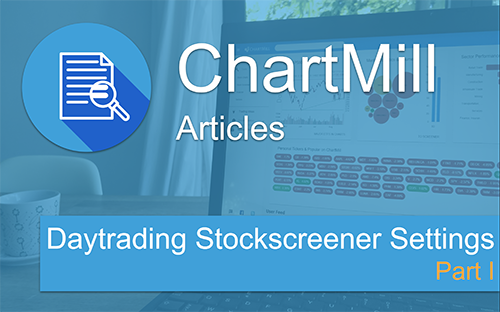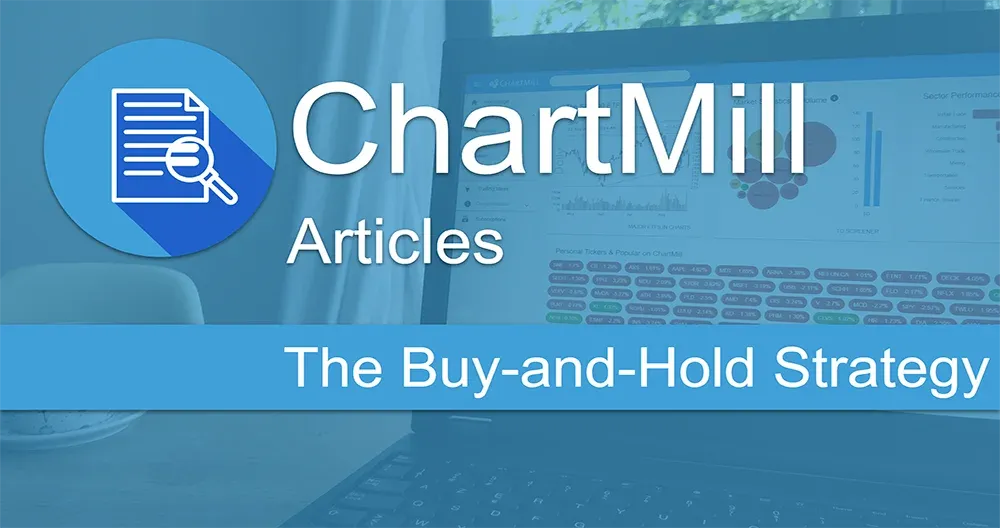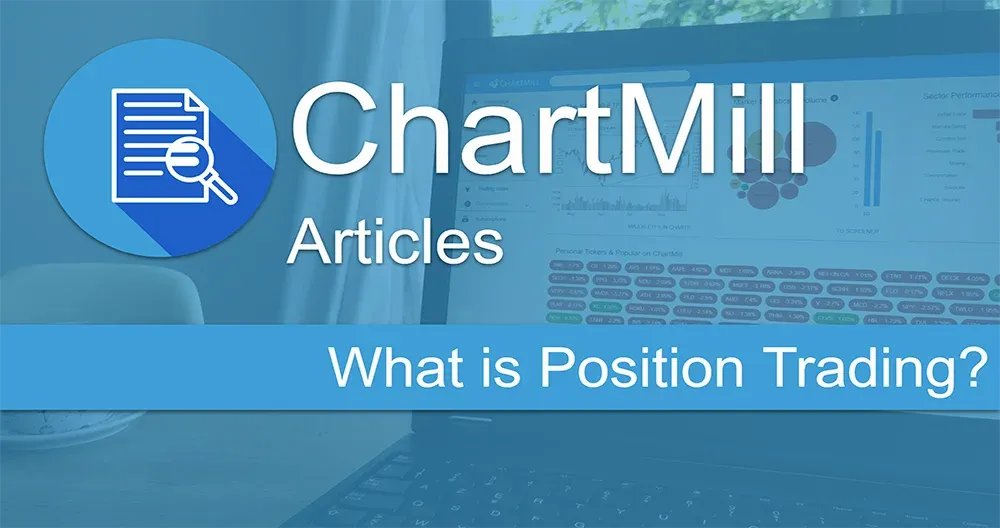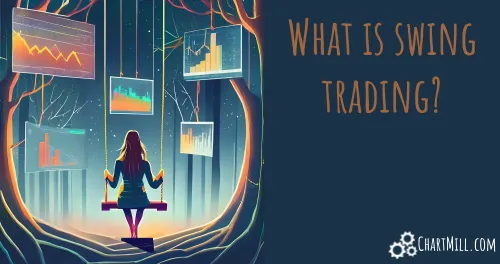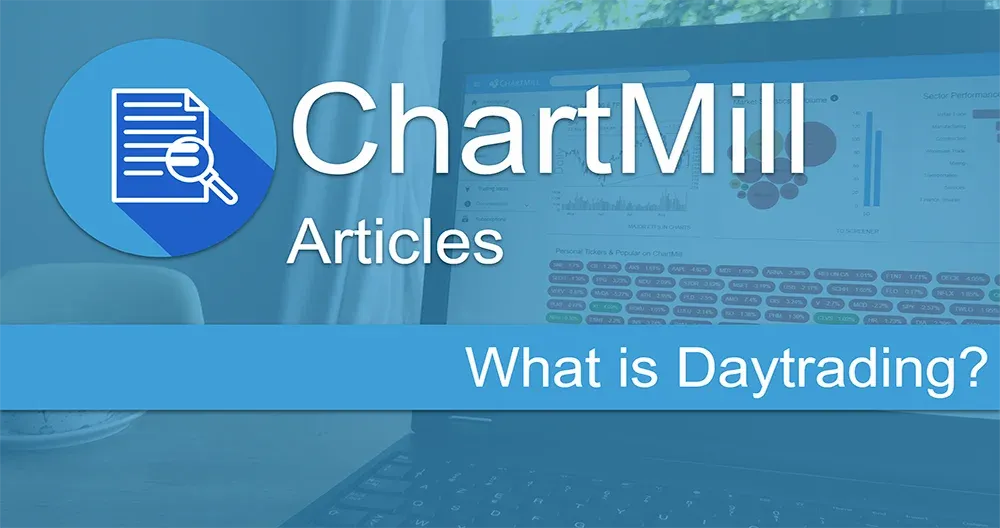
What is Day Trading?
By Kristoff De Turck - reviewed by Aldwin Keppens
Last update: Jan 14, 2025
Day trading or Intraday trading is - as the name implies - the buying and selling of a financial product within one trading day. This is in contrast to Swing Trading and Position Trading where positions are held longer than one day. Day trading can be applied in every market and with every available instrument (shares, indices, currencies,...). However you should keep a number of things in mind if you want to avoid nasty surprises...
VOLATILITY AND LIQUIDITY
Volatility and liquidity are two key concepts that are inextricably linked to daytrading. Volatility refers to the price action or price movement of the instrument you are trading. This is very important for day traders because without pronounced movements (and therefore change in price) there is hardly anything to be gained. The more volatile the market, the better!
Liquidity refers first and foremost to the speed at which transactions can be carried out between buyer and seller (i.e. there must be sufficient supply and demand). In addition, the spread (the difference between the buying and selling price) is also closely related to liquidity. In a very liquid market, with many buyers and sellers, the spread will be low. If liquidity is too low, the spread will inevitably be higher. As a daytrader, where you want to make your money by short intraday movements, it is of primary importance that there is hardly any difference between the bid- and ask price.
DAYTRADING STRATEGIES
There are literally thousands of ways to daytrade. It would take us too far in this basic article to go into them in detail. A few basic concepts recur almost constantly:
Use of Technical Analysis
In 99% of cases, day trading will be done exclusively on the basis of technical analysis. This makes sense, a fundamental reasoning based on the company figures offers little added value for someone who focuses on short intraday price movements.
Focus on support and resistance
The principle of support and resistance levels is perhaps one of the most important aspects in daytrading. A lot of strategies are largely based on this concept in terms of determining the entry level.
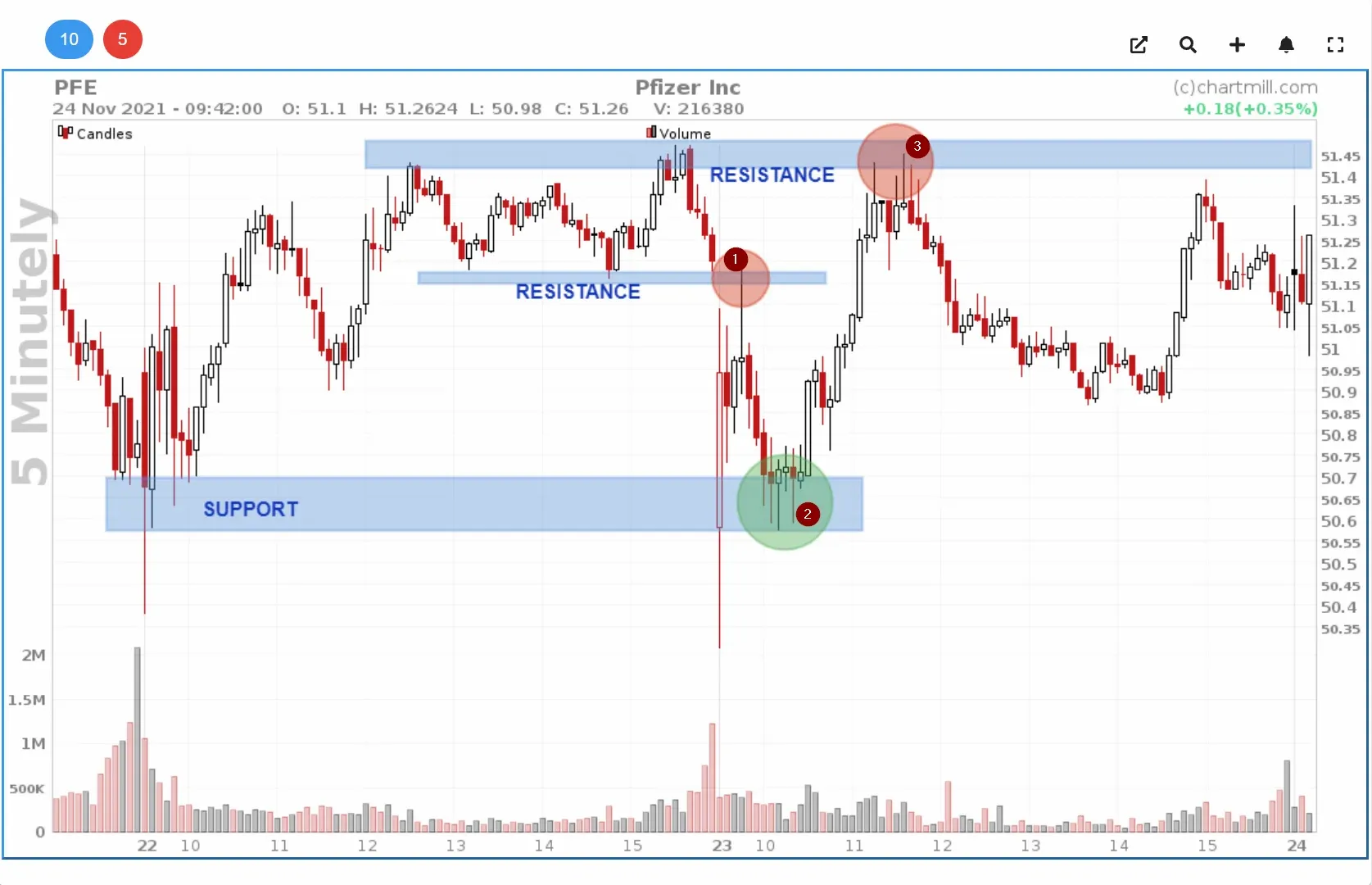
- 1 - sell at resistance
- 2 - buy at support
- 3 - sell at resistance
Recognizing price patterns
Price patterns such as the head-and-shoulders pattern, the rising or fallingtriangle pattern, [bull flags]/documentation/video/9-How-to-trade-the-bull-flag-pattern) and bear flags are well known among daytraders. These patterns give an impression about the further course of the price and are used in combination with support and resistance levels.
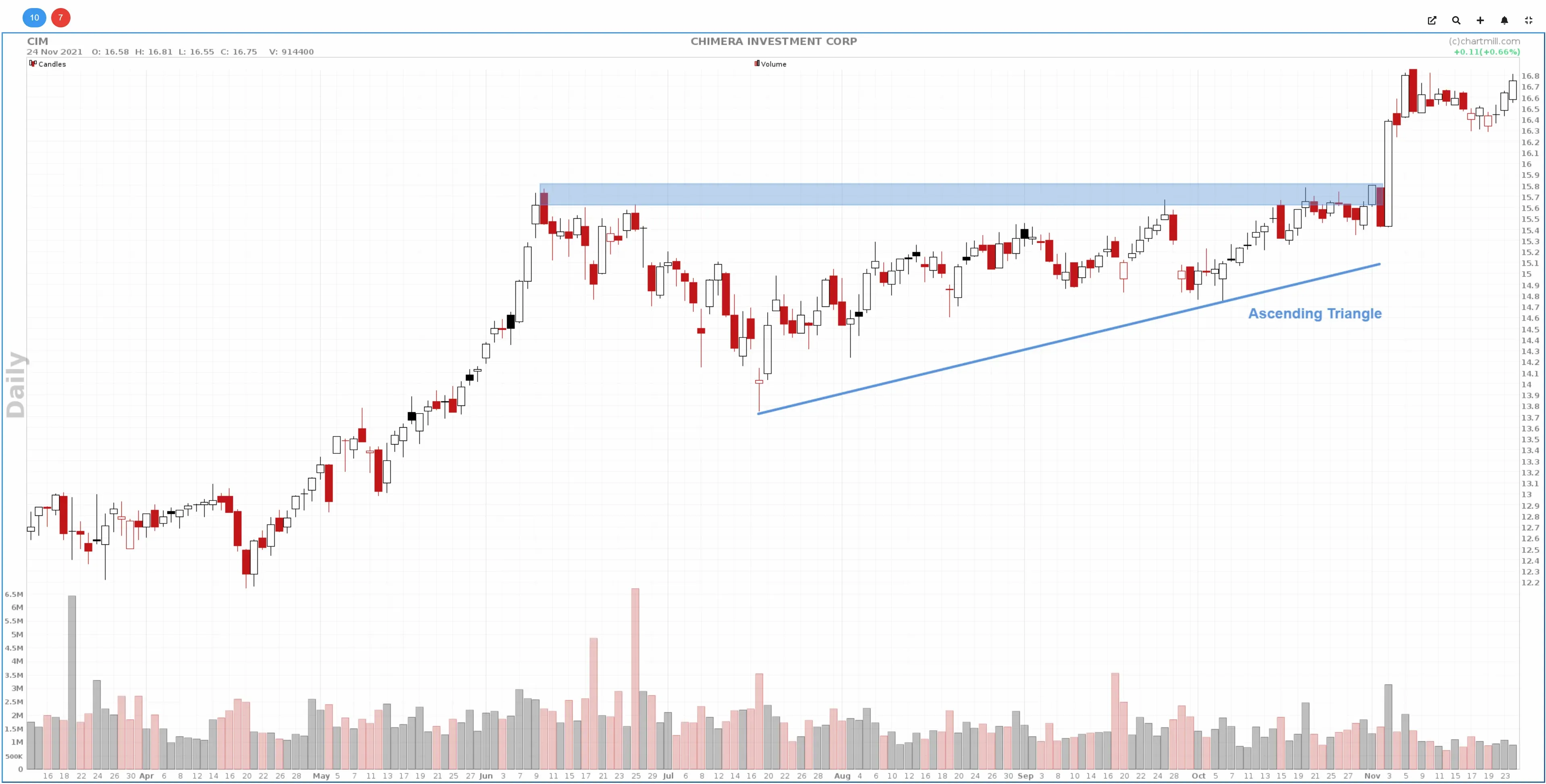
Don't forget... Volume!
Rising and falling volume are strong indications at the beginning or end of a price movement. A new increase in price that is supported by remarkably more buying volume shows that there is a lot of interest. The buyers are, as it were, drumming to jump on board. Look at the volume spike in the chart above when the price breaks out of the triangle upwards. The reverse is also true for rising sell volume in a falling market.
PRICE ACTION VS TECHNICAL INDICATORS
Within the daytrading community, there are currently two trends. One group uses technical indicators (e.g. RSI, MACD,...). On the other hand there are also daytraders who base themselves purely on what the price chart itself shows (support and resistance, price patterns,...). Whether or not you want to use technical indicators will largely depend on the experience you have with day trading.
ADVANTAGES OF DAY TRADING
- Without a doubt the biggest advantage of day trading is the fact that you don't run any overnight risk since you close all positions before the end of the trading day.
- Due to the short period in which positions are bought and sold, invested capital is released very quickly and new opportunities can be exploited several times a day.
- Those who master daytrading well can make phenomenal profits, just because of the large number of trades you can execute per day.
DISADVANTAGES OF DAY TRADING
- Daytrading requires a lot of screen time, you will have to follow live quotes for a large part of your day. Depending on which strategy you use, this will either result in many, few and sometimes even no setups at all. However, you do not know this in advance, so the time you need to invest remains the same.
- There is little time to think things over. As a daytrader you need to know your strategy down to the smallest detail and you must be able to act quickly, adequately and without emotion. There is little or no room for error. Mentally, this is not to be underestimated. Large price movements can produce a lot of profit in a short time but also a lot of loss. A hard stoploss is therefore necessary; deviating from it can have serious consequences.
- Due to the large number of traders, transaction costs and spreads play an important role in which degree you are profitable or not. What in theory seems to be a profitable strategy can in reality just be a losing one if you take all costs into account.
WHO IS DAY TRADING SUITABLE FOR?
If you like some kind of action then you undoubtedly want to trade actively. However, don't confuse that with recklessness. As a daytrader, you must be tremendously stress resistant and always be able to think and act rationally. Even if your stoploss is hit several times in a row, you must remain consistent and above all not do anything impulsive. On the other hand, you will never have to lose sleep over positions you take with you to the next trading day....

